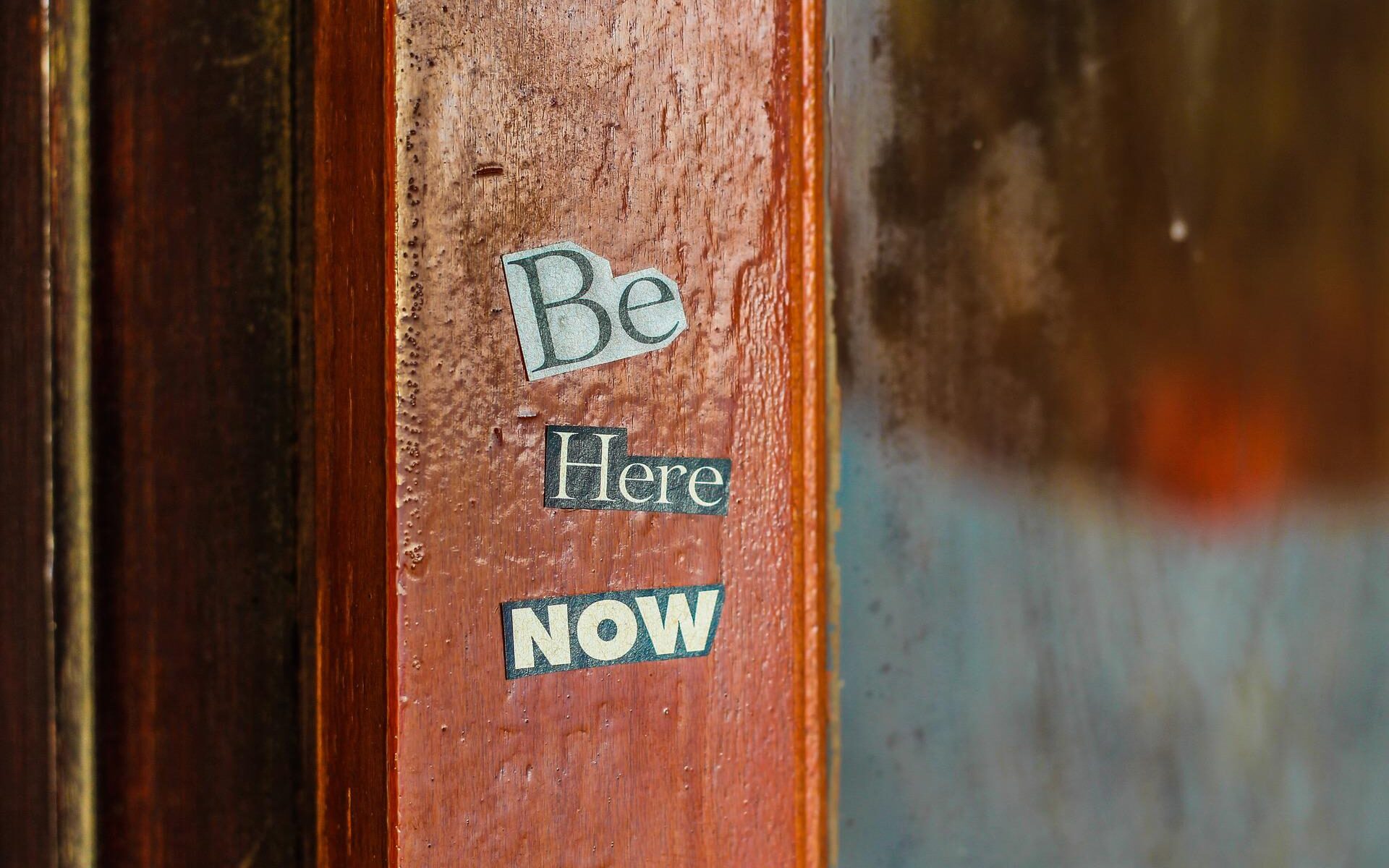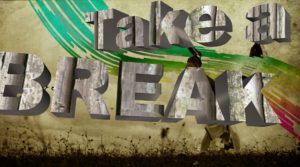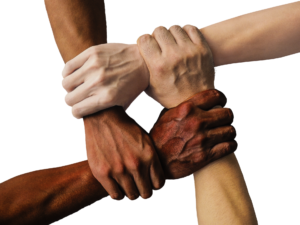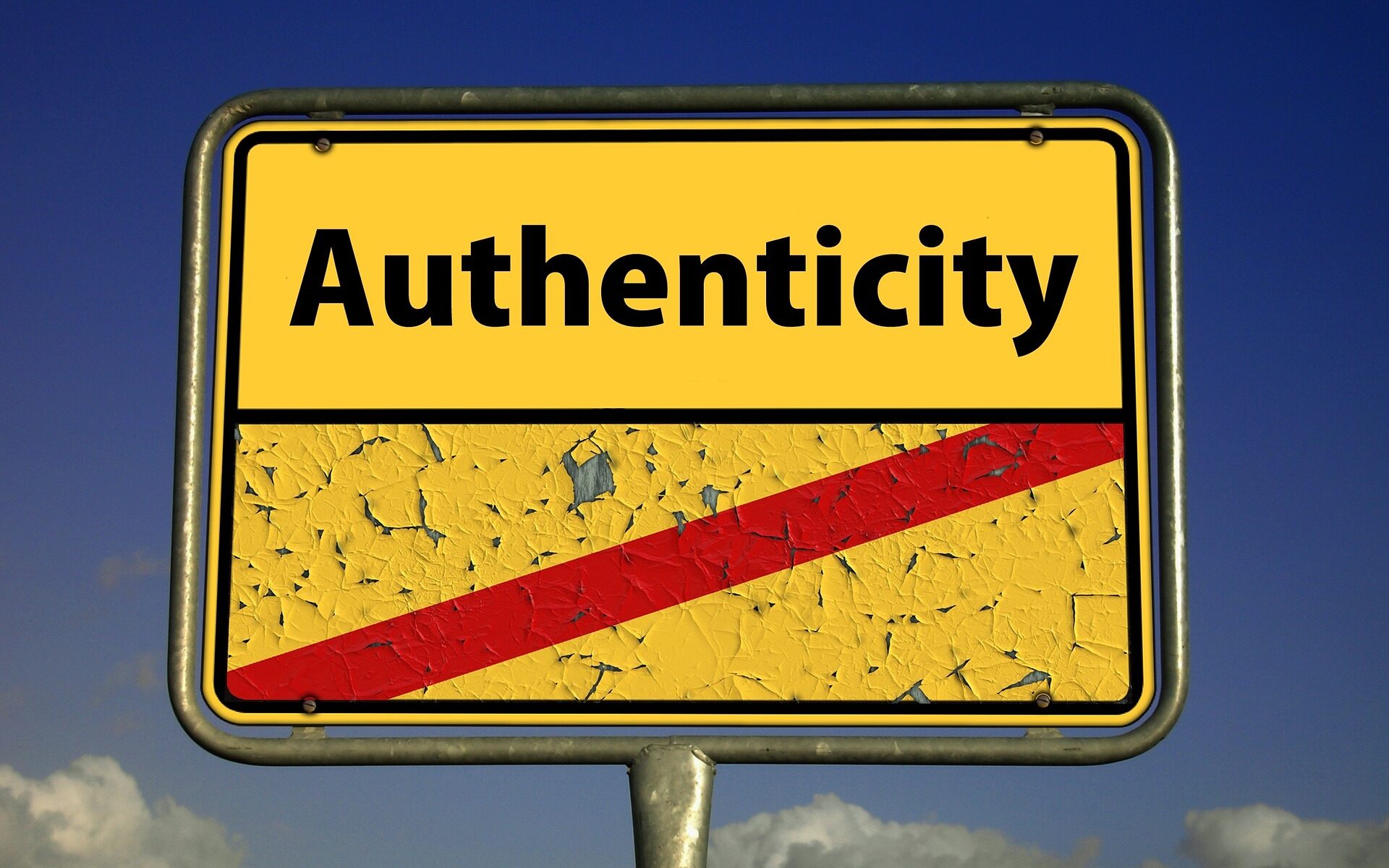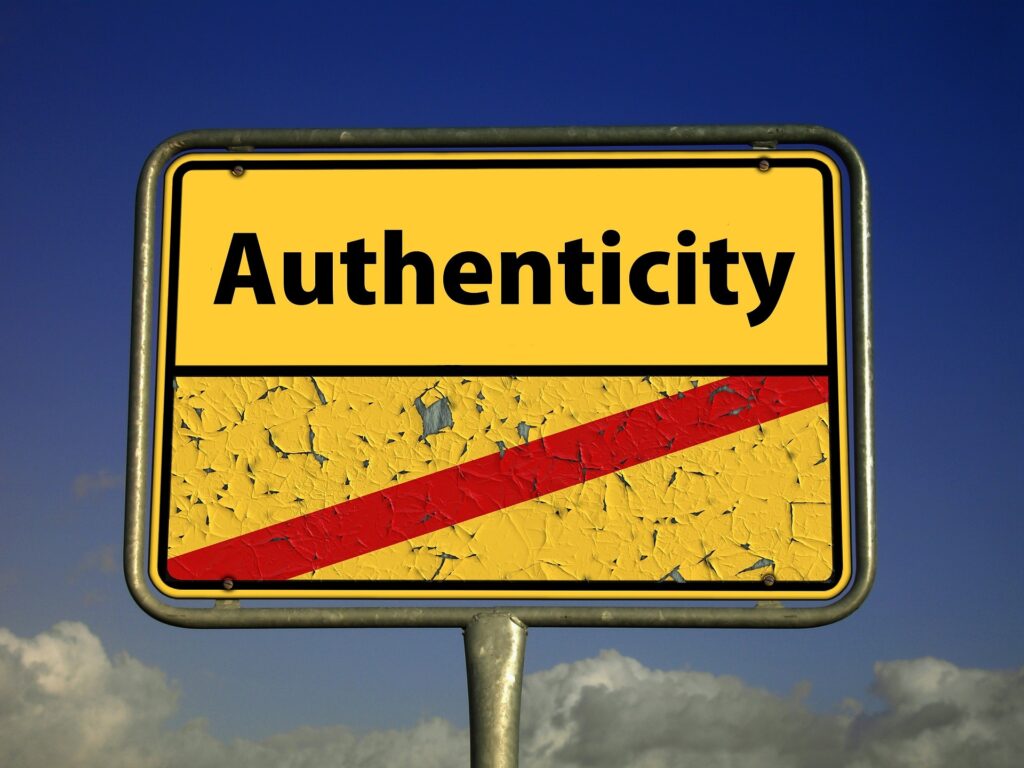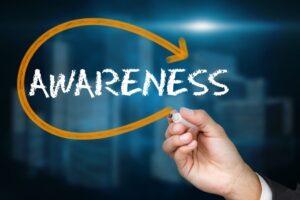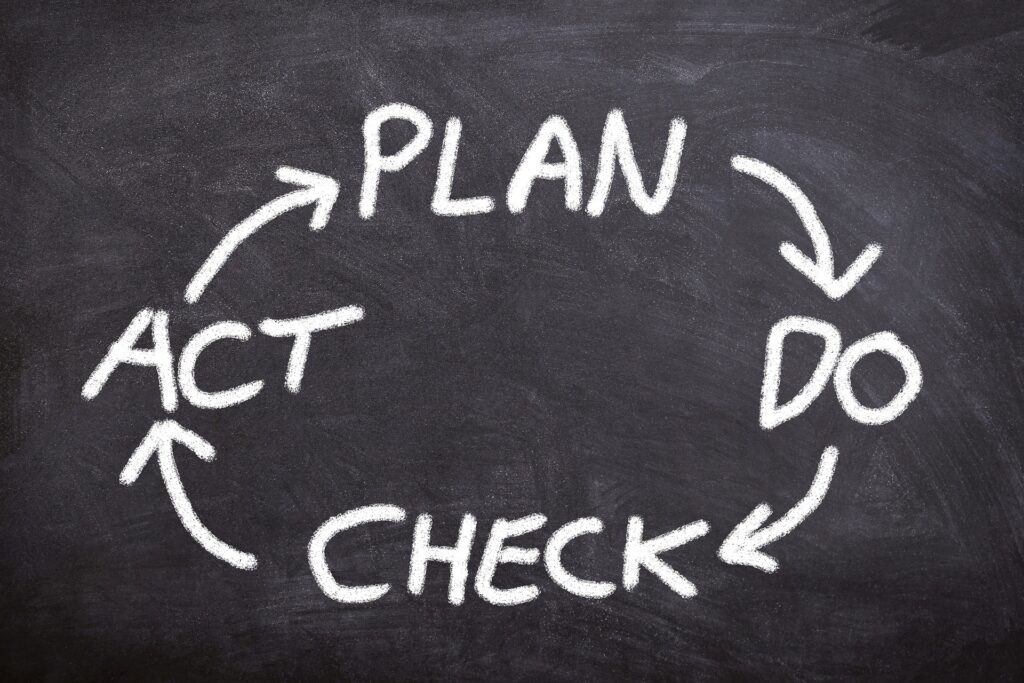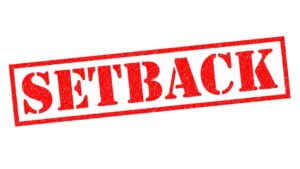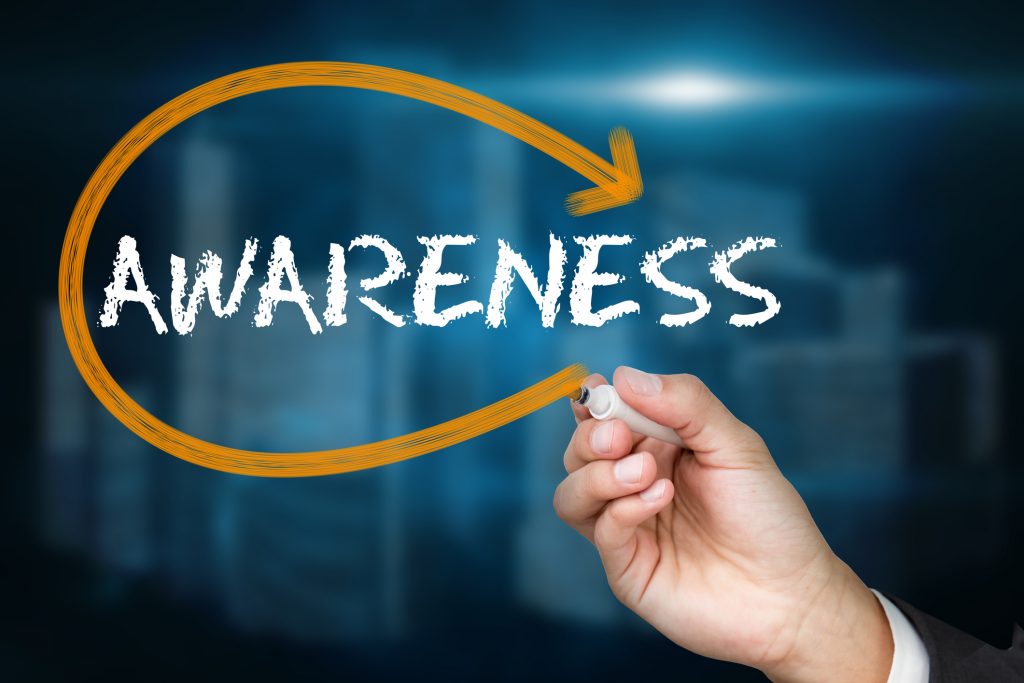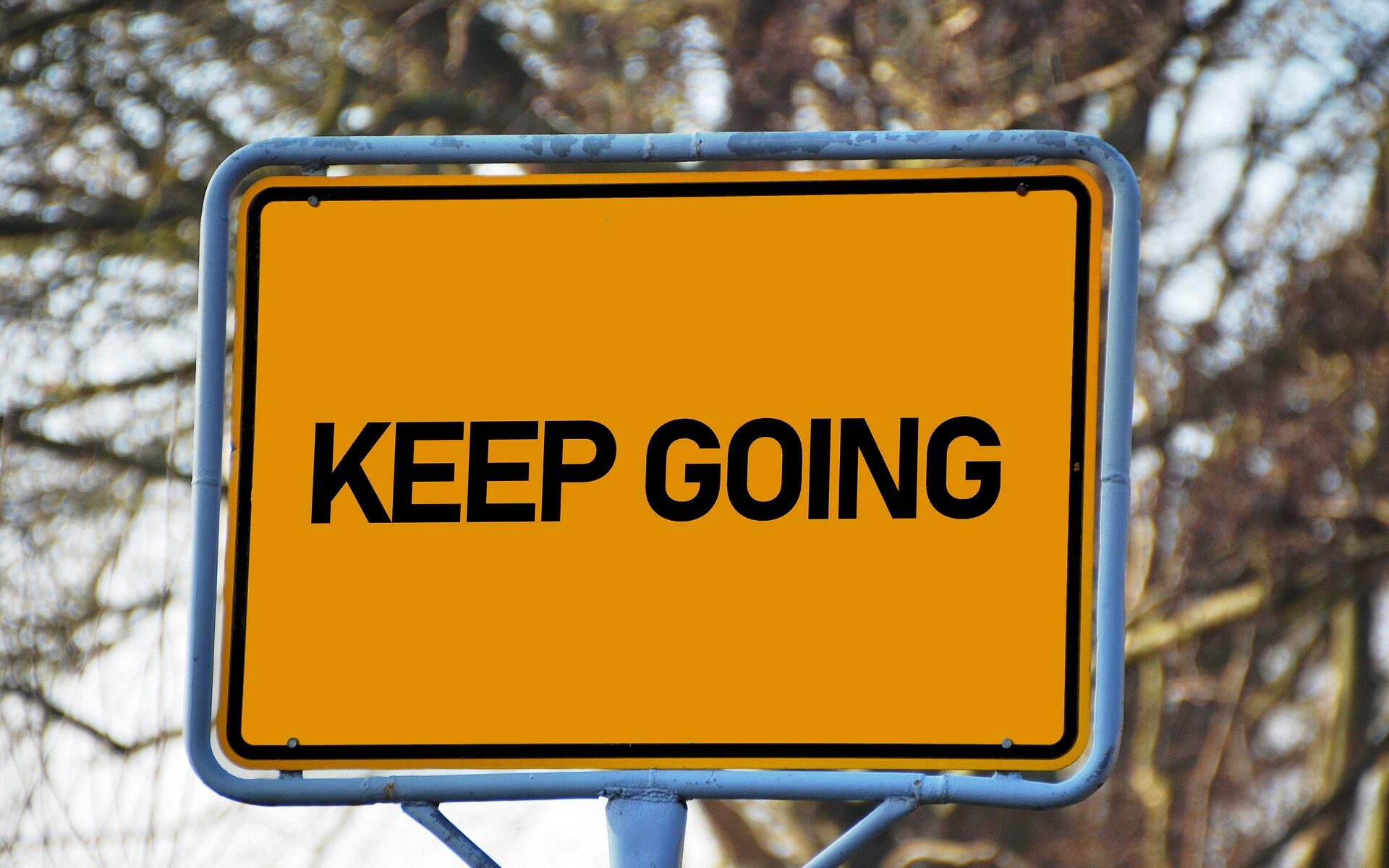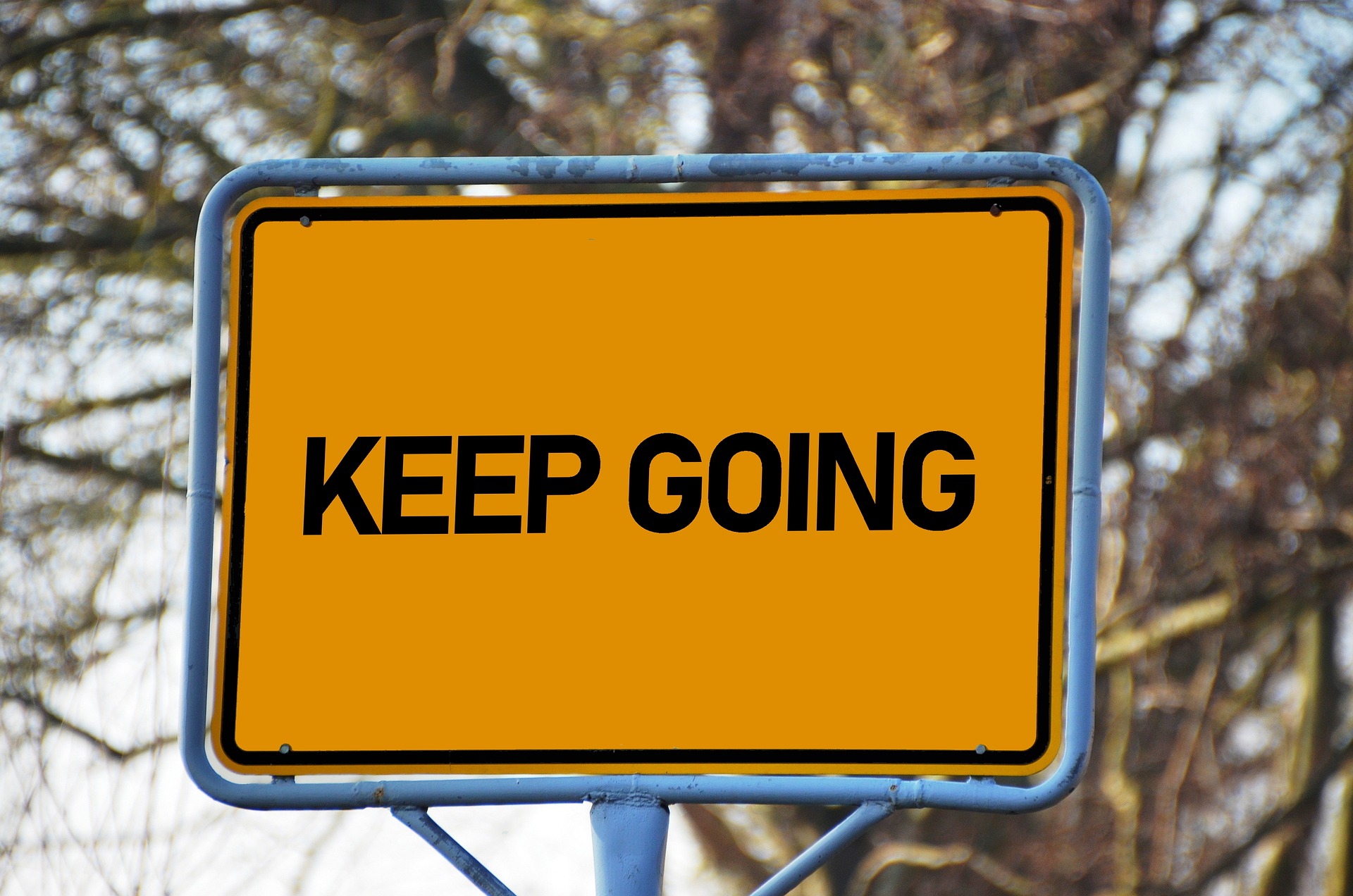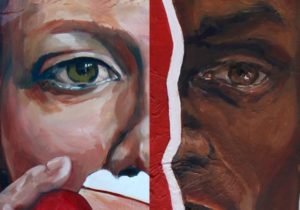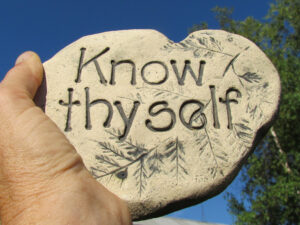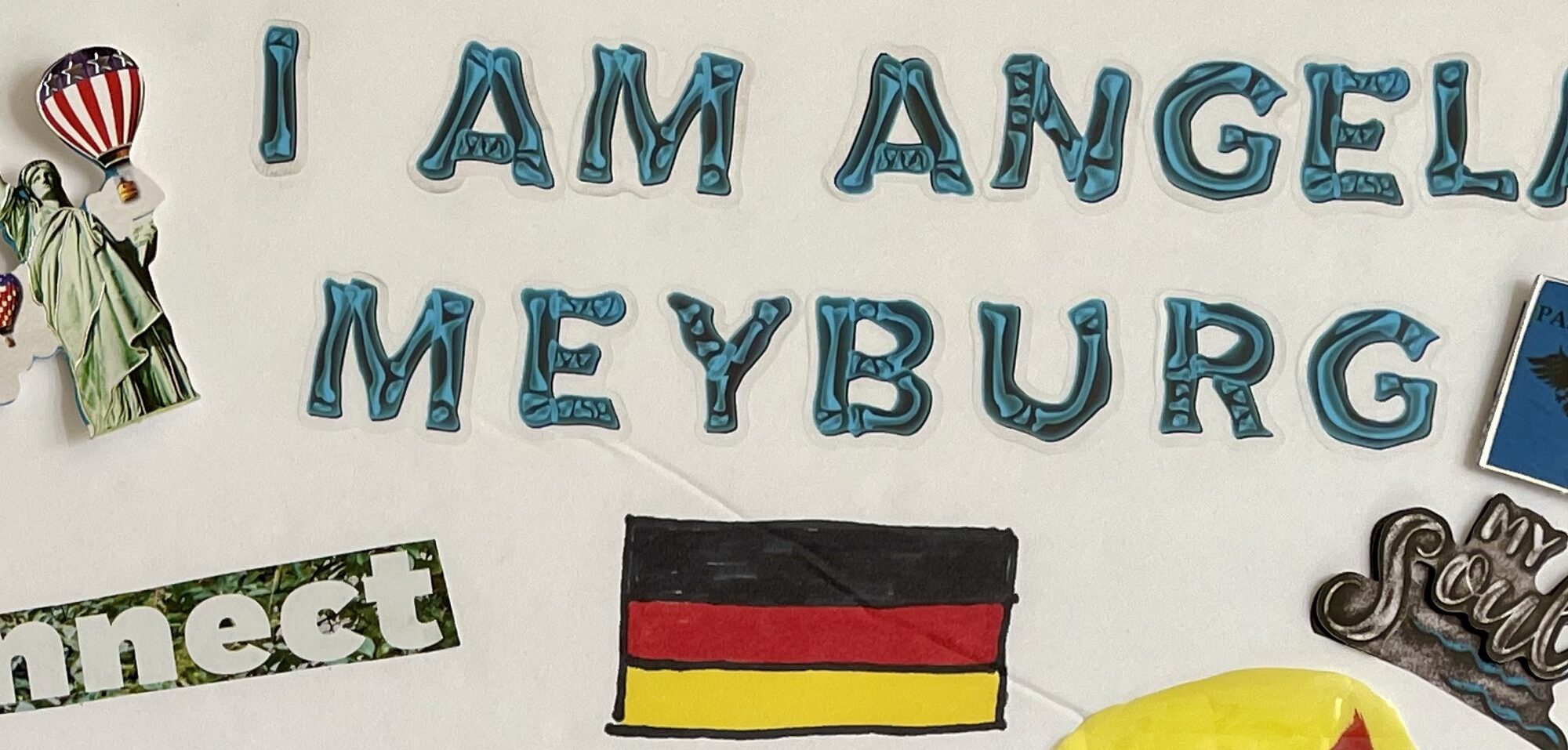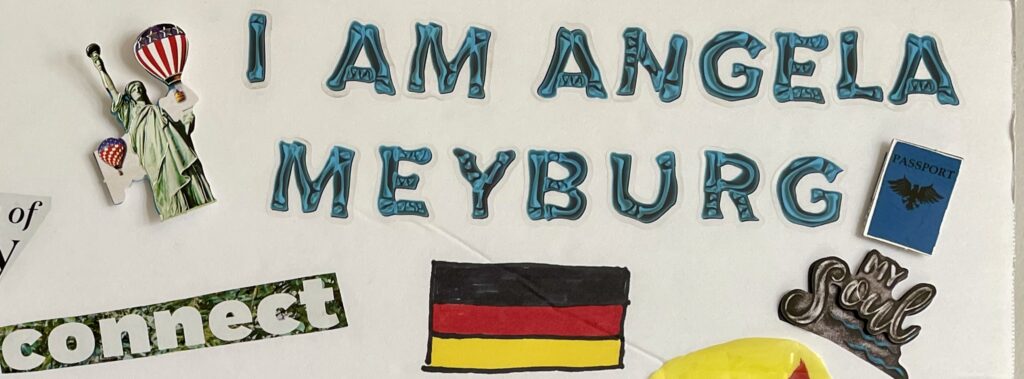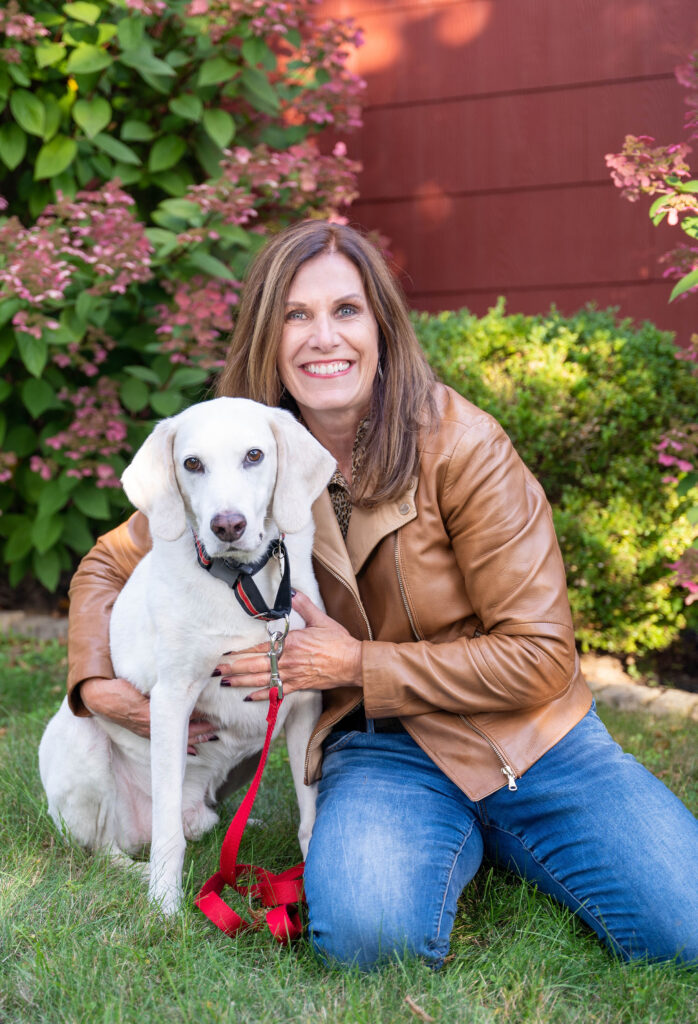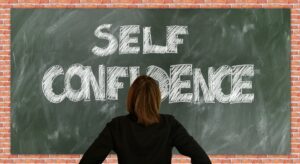Ten practices to unleash the career of your dreams: Part 9 – Presence in the Moment

Distractions –they are everywhere. Some distraction we seek out when we feel defeated, devastated, or angry, and we choose to tune out and not cope with whatever is happening in the moment. Other distractions are happening around us constantly and are just part of everyday life . The phone keeps ringing; we are running from meeting to meeting without a break, and new e-mails are flooding our inbox. It becomes hard to stay focused on the task at hand, and before we know it, we are drained of energy as we are getting further away from being present in the moment.
Presence in the moment is the ninth practice (a.k.a. discipline) out of the ten featured in this series of how to unleash the career of your dreams and reach your full potential as a leader. In case you have missed previous articles on the subject, here is the complete list of the ten practices as defined by the Institute for Professional Excellence in Coaching (iPEC):
- Awareness
- Acceptance
- Conscious Choice
- Trusting the Process
- Authenticity
- Fearlessness
- Confidence
- Connection
- Presence in the Moment
- 100% Energetic Engagement
Did you know that, on average, our minds wander at least 30% of the time, and during some activities such as commuting to work, as much as 70% of the time, according to Jonathan Schooler of UC, Santa Barbara? That is a high percentage of time to be disconnected (also see practice #8) from the task you are performing. While our minds’ ability to take us anywhere at any given time differentiates us from other species, it also robs us of productivity, energy, and, as some recent studies suggest, happiness.
So how, as leaders, can we prevent our minds from wandering? By practicing mindfulness and presence in the moment. Here are a few tips to minimize the amount of time your mind wanders to the past or the future:
- Eliminate distractions of all sorts, turn off your phone or notifications
- When in conversation, listen deeply and actively to what is being said, instead of waiting to make your point
- Take breaks in-between meetings and ground yourself briefly through breathing exercises
- Let go of the need to control
- Become an observer, without judgment of what is happening
You can do many more things to increase your mindfulness at work and home. As a professional coach, I help my clients stay present in the moment and not worry about what happened in the past or might happen in the future. If you are interested in working with me, contact me at angela@belladonnacareercoach.com.
Temporarily closed for business – how to work your way out of a funk
Temporarily closed for business – how to work your way...
Read MoreFailing or nailing a job interview – six lessons I learned of what not to do
Failing or nailing a job interview – six lessons I...
Read More
